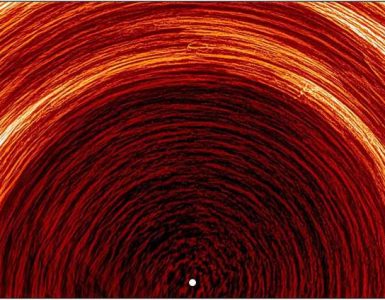It was December 8, 1990, and NASA’s Galileo spacecraft was hurtling toward Earth after more than a year in space. Galileo could not stay long; the mission was on its way to Jupiter and was only stopping by to use the gravity of its home world as a boost to speed it up on its way to the outer solar system.
As the spacecraft swung around our planet, its speed and distance was monitored by mission operators here on the surface. They noticed something odd: Galileo appeared to travel about four millimetres per second faster than its predicted trajectory.
This seemingly small variation was the first instance of an intractable problem known as the “flyby anomaly,” a discrepancy between expected and recorded motion during planetary flybys that remains unexplained to this day.
Read more at Vice





